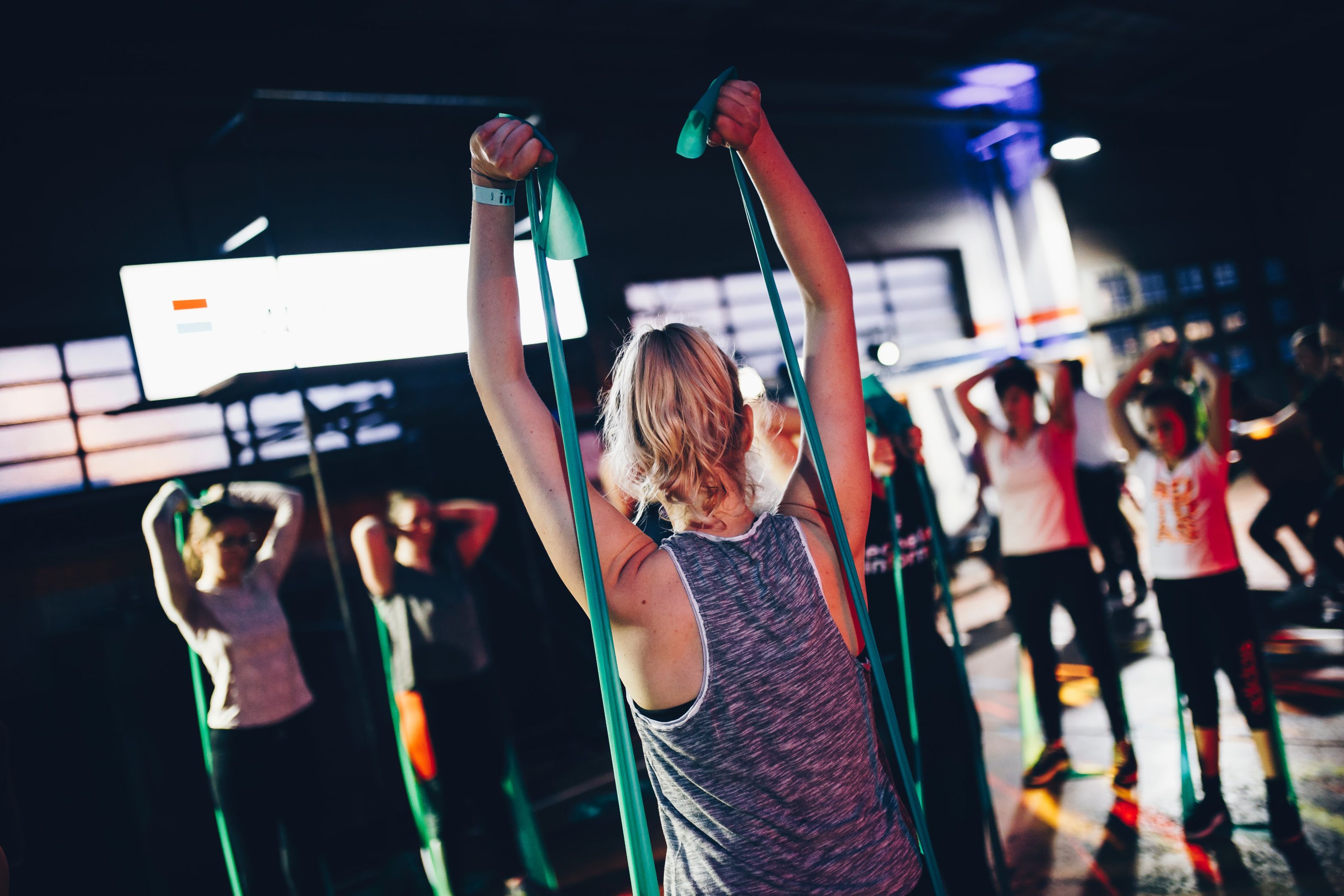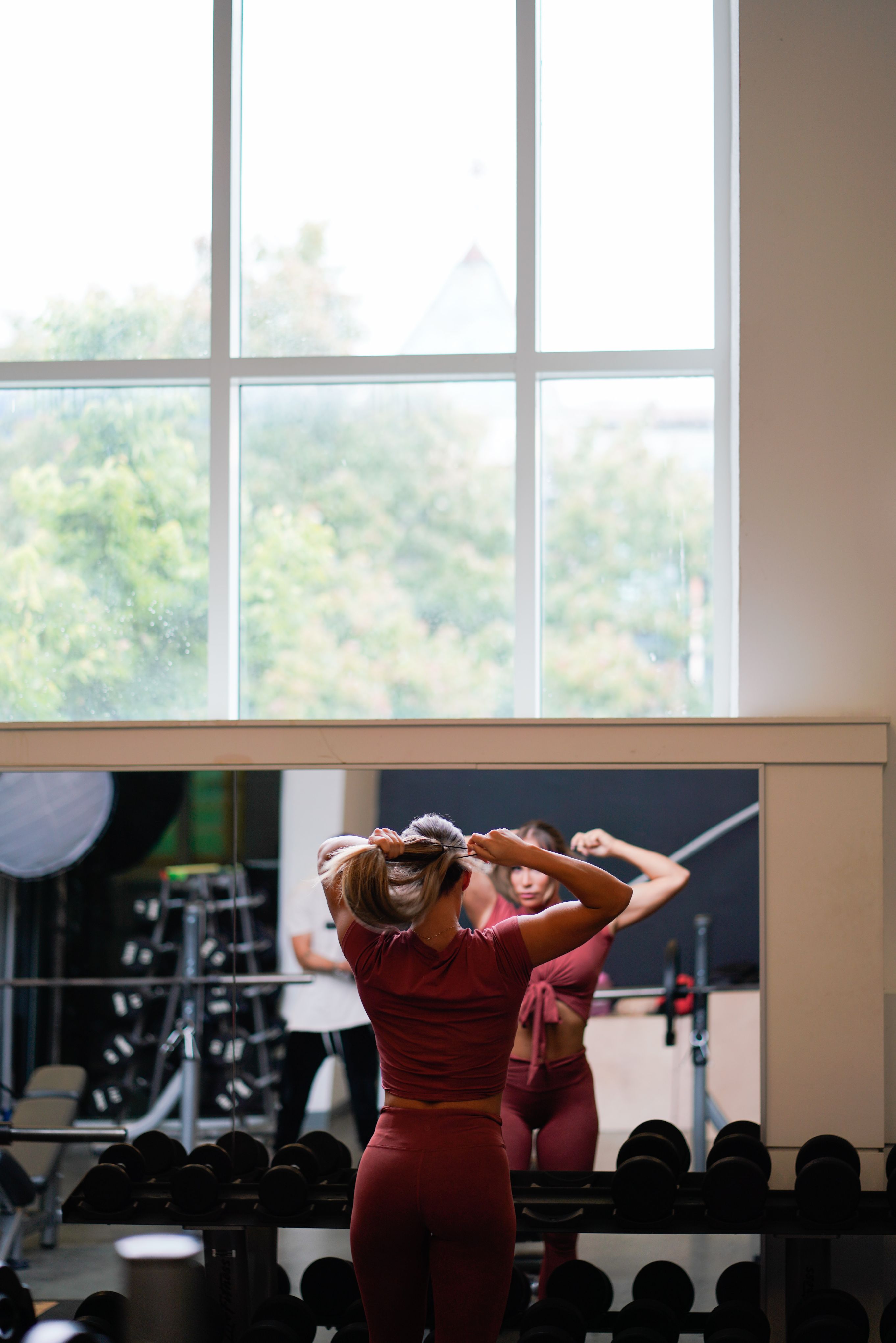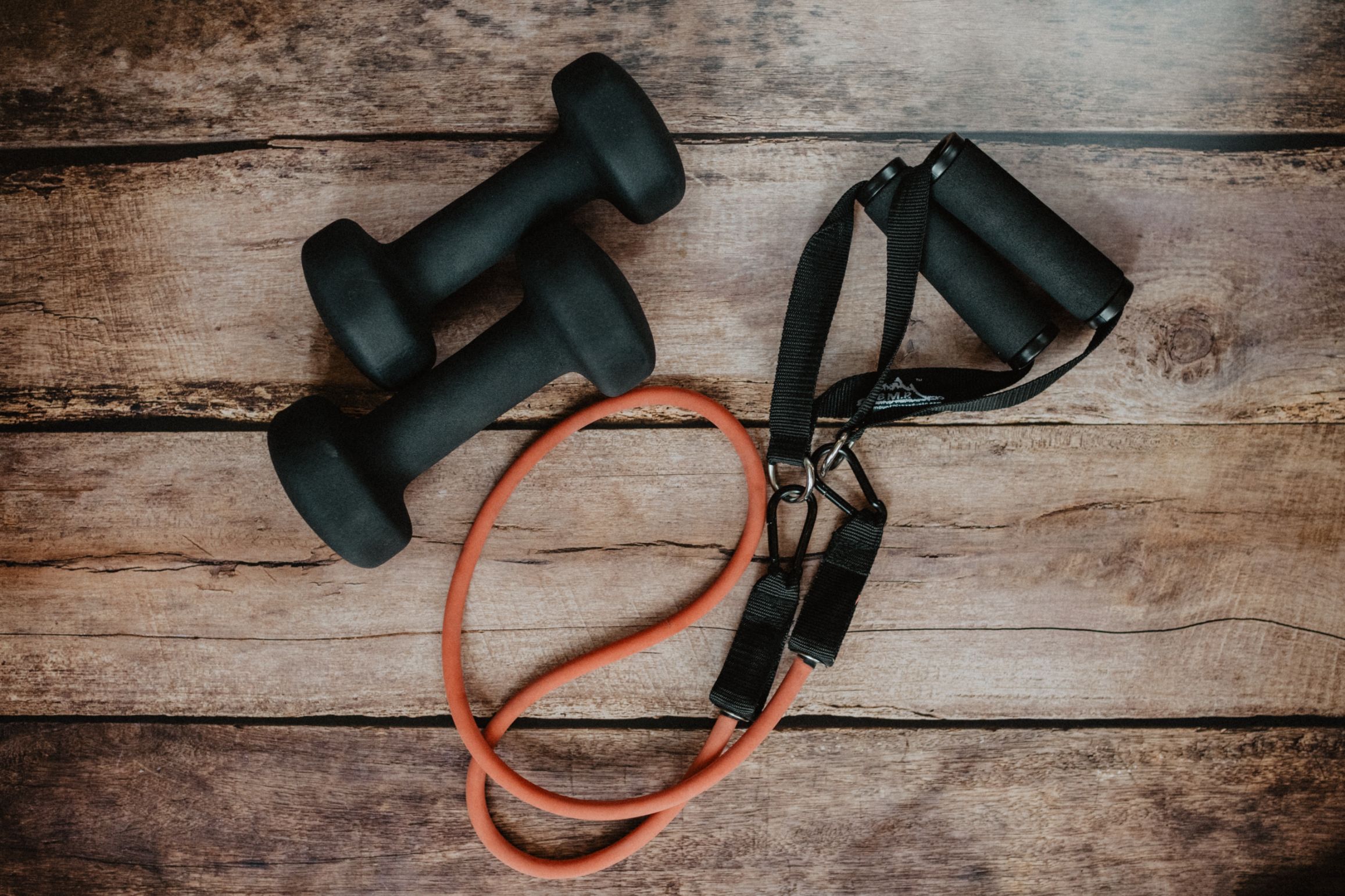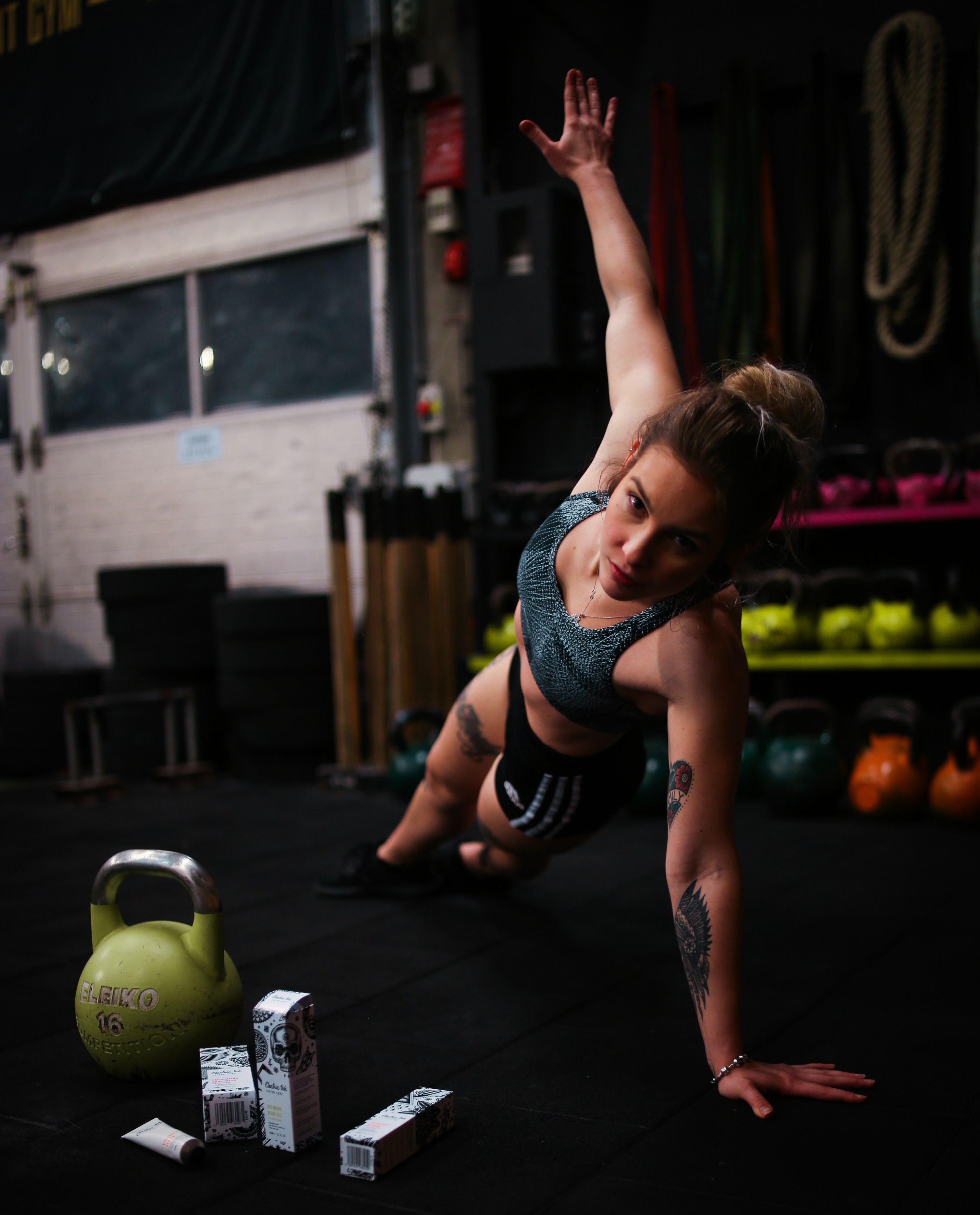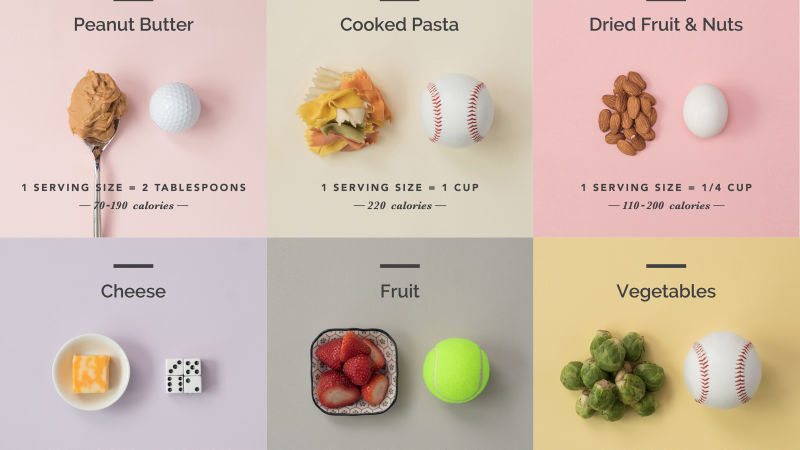
You've heard it time and time again: "abs are made in the kitchen" and "health is 80% diet, 20% exercise." While those are true statements, getting healthier and losing weight is a combination of the right diet and exercise. I'm going to talk about the diet part first.
1. It All Comes Down To Calories
If you want to lose weight, you need to burn more calories than you consume. A pound of fat is about 3500 calories, so if you eat a deficit of 500 calories a day, theoretically, you will lose one pound of fat in one week and vice versa. Diet is a numbers game.
What does this mean for you? You need to know some important numbers: First you need to figure out your daily calories for maintaining, gaining, or losing weight. Use this calculator to determine your total daily energy expenditure (TDEE). You don't actually have to submit your email at the end.

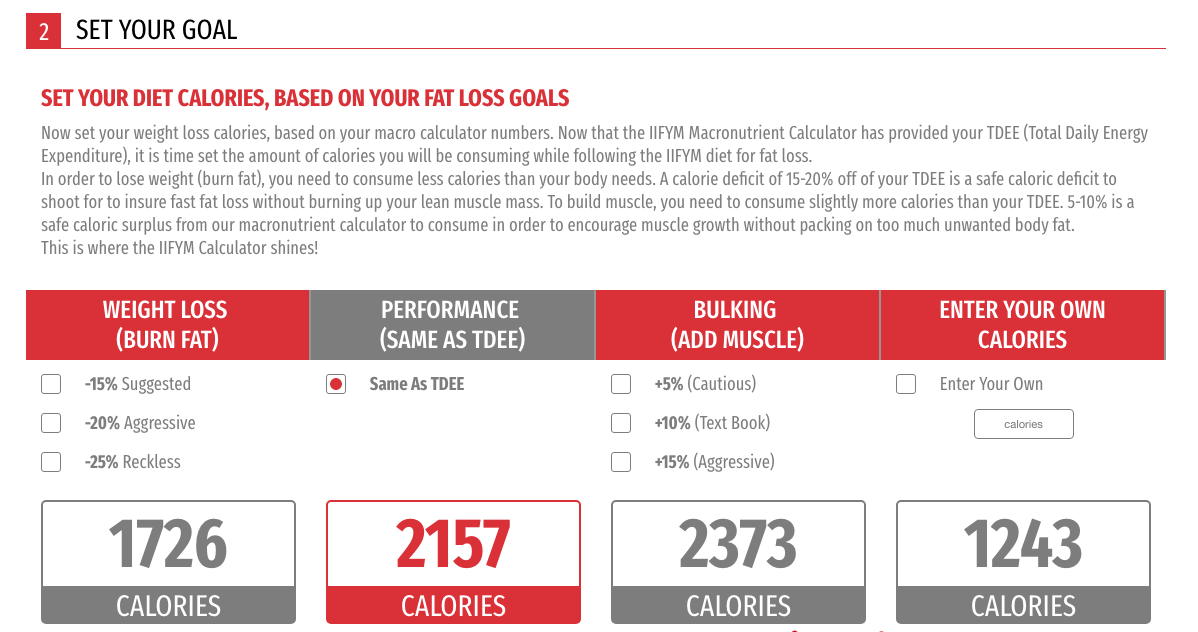
Why do we use the calculator? We use it to figure out how much we can eat and still lose [or gain] weight.
Now you know where you need to be to meet your goal. In the next post, I'll tell you what to do with that calorie number.
2. Let's Get Back To That 80%. Here's How It Breaks Down
80% of your effort should go into diet, 20% into exercise right? Well half of that 80% effort is consistency. If you eat healthy for a week, great, but your results will go away quicker than you achieved them if you don't keep it up in the long run.
Consistency is tough for all of us, both in the kitchen and the gym, so don't fret because you're not alone. As long as your determination is strong, consistency and discipline will be too.
If you don't want results bad enough, you won't get them. You need the desire the succeed.
The remaining 40% is putting the right kinds of foods into your body. Eat fresh ingredients, nothing processed, and keep sugar at bay. It doesn't get much simpler than that. Forget packaged foods filled with chemicals, sugars, and other processed ingredients. Just eat real food!
3. Know Your Serving Sizes
Serving size is NOT the same as portion size. Many of us just don't know the right serving sizes of our food. When you look at the nutrition label of something, have you ever pictured how much food it actually is? Serving sizes are a lot smaller than we realize, and it's easy to consume 2x or 3x. Keep in mind that doubles or triples the nutritional content!
- Portion: how much food you choose to eat at one time. Many foods that come as a single portion actually contain multiple servings.
- Serving Size: the amount of food listed on a product’s nutrition facts label. Take a sandwich: it may be one portion you eat for lunch, but those two slices of bread it comes with? That's two servings, which means you're consuming double the calories, sugar, sodium, etc.
What you can do is start a food journal of everything you eat in a day. I recommend you do this on a day where you make all your food at home so it will be easier to track. Better yet, try this free mobile app that let's you take snapshots of your food. You'll become much more aware of what you put into your body, and the amount of food as it pertains to calories.

Look up the ingredients and count up the calories from your journal. Perhaps you only need to do this once to get an idea of how much you're eating so you can make adjustments.
To sum it all up, these three imperative concepts will greatly help you to healthy weight management: know your daily caloric intake, keep a good, consistent diet (composed of real ingredients, no processed foods), and finally, be aware of what and how much food you're putting in your body.
You can have a balanced diet and yes you can eat desserts. Well that is true as long as it fits your daily caloric intake, which plays a bigger role in something called macronutrients. Continue on to this next post and learn how to use the daily calories you just figured out.
Sources:
https://healthyforgood.heart.org/eat-smart/articles/portion-size-versus-serving-size
https://vitals.lifehacker.com/lose-it-has-a-built-in-visual-guide-to-help-you-figure-1791887650

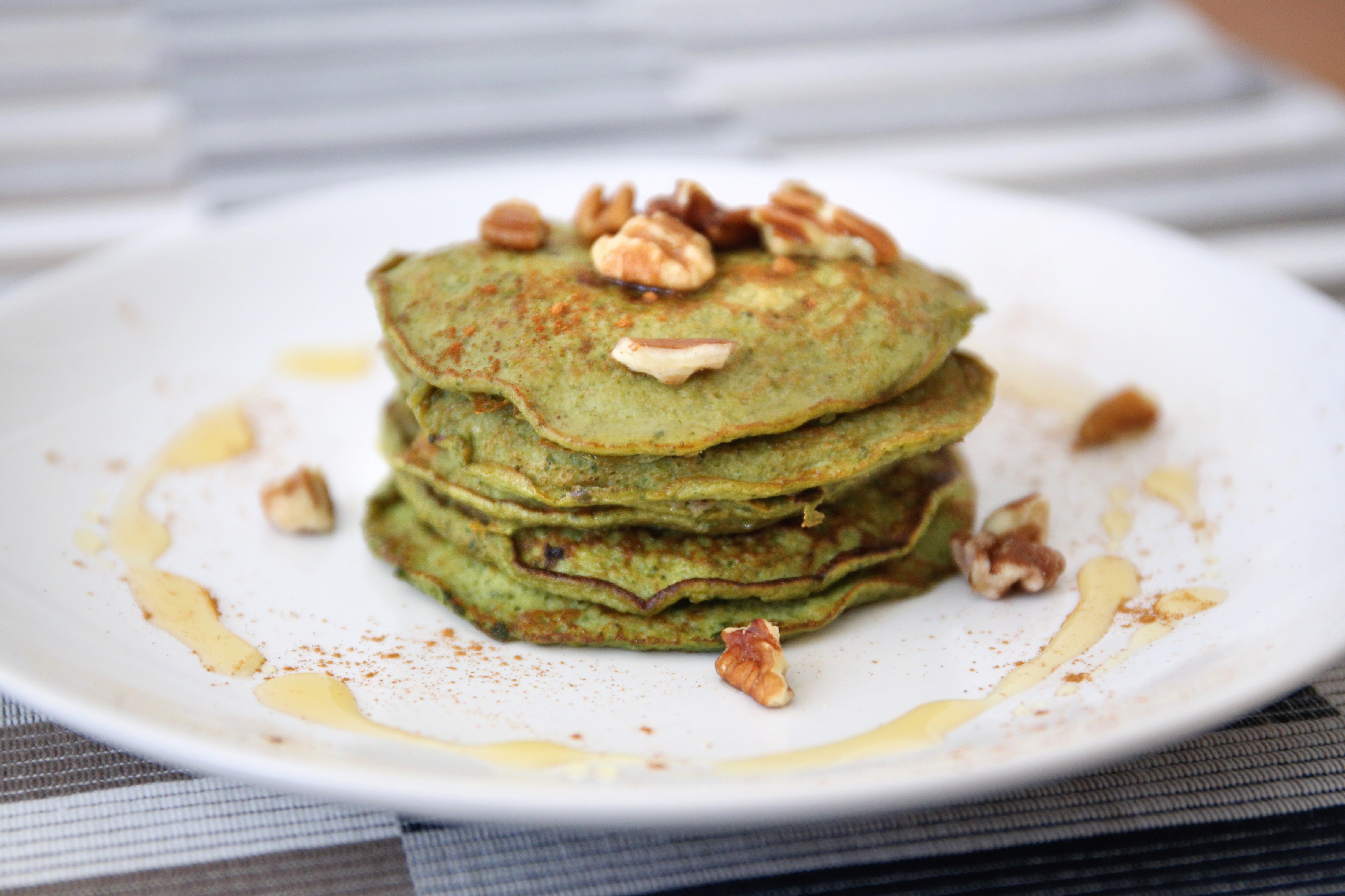

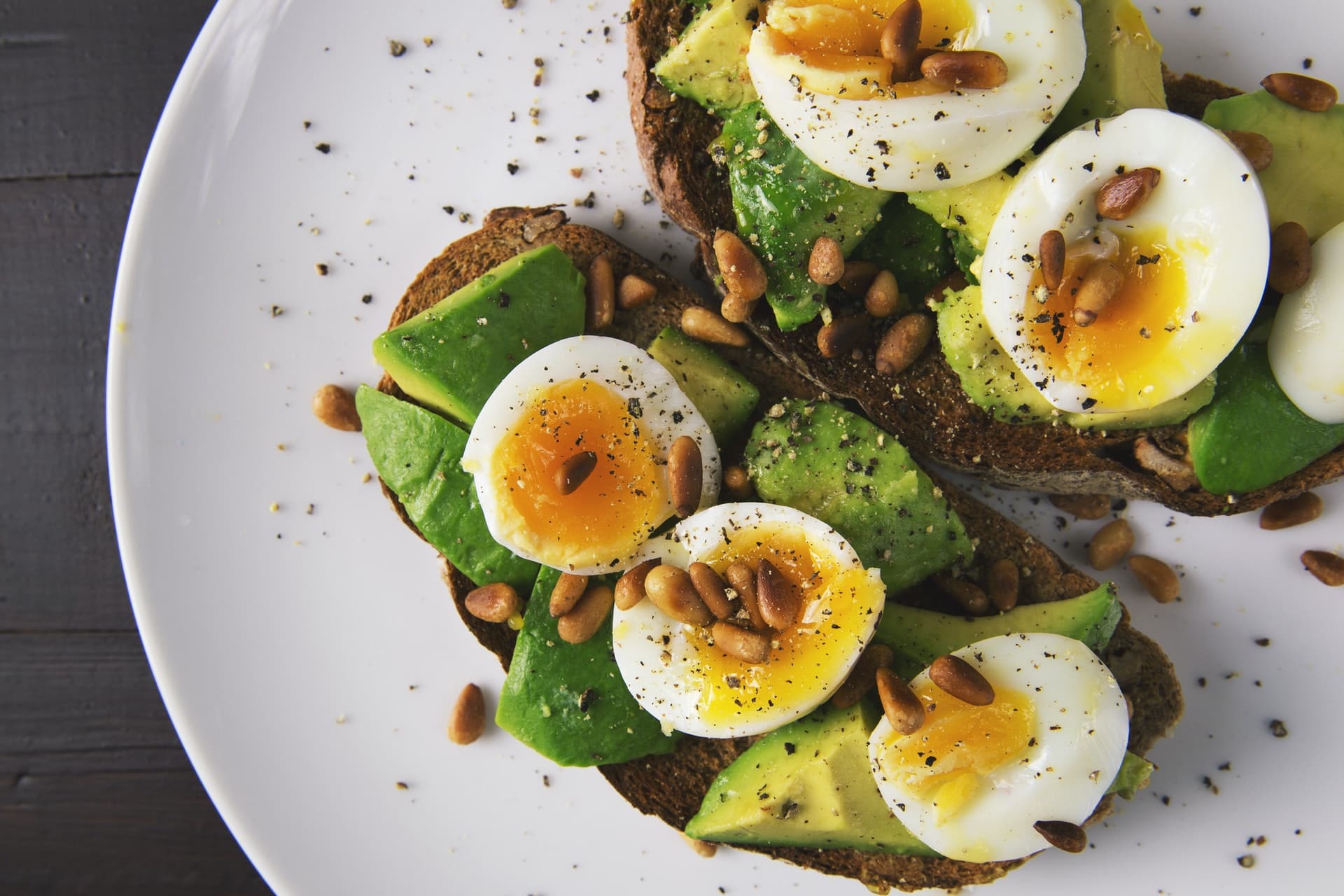
.jpg)
